In today's fast-paced consumer environment, the design of paper cup machine small has become a crucial factor influencing market competitiveness. As businesses strive to capture consumer attention and maintain sustainability, optimizing paper cup design can lead to significant advantages. This article explores various strategies that can enhance the appeal, functionality, and environmental impact of paper cups, ultimately improving their market competitiveness.
Understanding Consumer Preferences
To optimize paper cup machine small design, it is essential to understand consumer preferences. Modern consumers are increasingly concerned about sustainability, aesthetics, and functionality. Research indicates that many consumers are willing to pay more for products that are environmentally friendly. Therefore, incorporating recyclable and compostable materials into paper cup designs can significantly enhance their market attractiveness. Additionally, understanding trends in color, shape, and branding can help in creating visually appealing products that resonate with target demographics.
Material Selection: The Foundation of Design
The choice of materials is fundamental to the effectiveness of paper cup machine small design. Traditional paper cups often rely on plastic linings, which pose environmental concerns. Innovative alternatives, such as bioplastics or plant-based coatings, can provide the necessary functionality while appealing to eco-conscious consumers. Moreover, using high-quality paper can improve the cup's durability and aesthetic appeal, making it more attractive in competitive markets. By prioritizing sustainable materials, companies can not only enhance their product offerings but also strengthen their brand image.
Ergonomics and Functionality
Designing a paper cup machine small that is easy to hold and drink from is vital for user satisfaction. Ergonomics should be considered to ensure that the cup fits comfortably in consumers' hands and is stable enough to prevent spills. Features such as double-walled designs can provide better insulation, keeping beverages hot or cold longer while enhancing comfort. Functional designs can also include lids that prevent leaks and are easy to open and close, catering to consumers' on-the-go lifestyles. By focusing on ergonomics, brands can differentiate themselves in a competitive market.
Branding and Aesthetic Appeal
A paper cup serves not just as a vessel but also as a branding tool. Customization opportunities such as printing logos, catchy slogans, or unique graphics can transform a simple cup into a marketing asset. Eye-catching designs can draw consumers’ attention and encourage brand loyalty. Additionally, seasonal or limited-edition designs can create excitement and urgency, prompting purchases. By integrating strong branding elements into paper cup design, companies can effectively communicate their identity and values, thereby enhancing consumer connection.
Sustainability as a Selling Point
With increasing awareness of environmental issues, sustainability has become a key selling point. Brands that prioritize eco-friendly designs often gain a competitive edge. Initiatives such as promoting recyclable or biodegradable cups can attract environmentally conscious consumers. Transparency about sourcing practices and production processes can further bolster consumer trust and loyalty. Companies should consider partnerships with environmental organizations to promote their commitment to sustainability. By positioning sustainability at the forefront of design, businesses can enhance their market competitiveness.
Innovative Packaging Solutions
Innovation in packaging can set a product apart in a crowded marketplace. Exploring unique shapes, sizes, or functionalities can attract attention and spark interest. For example, introducing multi-compartment cups for different beverages or snacks can provide added convenience for consumers. Additionally, designs that allow for effective stackability and storage can appeal to retailers and distributors, enhancing logistics and shelf space efficiency. By thinking outside the box, companies can create standout products that appeal to diverse consumer needs.
Marketing Strategies for paper cup machine small
An effective marketing strategy is crucial for promoting optimized paper cup designs. Utilizing social media platforms to showcase unique designs and sustainability initiatives can engage a broad audience. Collaborations with influencers or eco-friendly brands can broaden market reach and amplify brand messages. Moreover, participating in trade shows and eco-friendly events can increase visibility and foster connections within the industry. By combining innovative design with strategic marketing efforts, companies can significantly enhance their market presence.
Consumer Feedback and Continuous Improvement
Implementing a system for gathering consumer feedback can guide ongoing enhancements in paper cup design. Surveys, focus groups, and social media interactions can provide valuable insights into consumer preferences and pain points. Analyzing this feedback allows companies to make informed decisions about future designs and features. Continuous improvement fosters customer loyalty and demonstrates a commitment to meeting consumer needs. By actively engaging with customers, brands can stay ahead of trends and maintain their competitive edge.
Conclusion: The Path to Competitive Advantage
Optimizing paper cup machine small design is a multifaceted approach that encompasses understanding consumer preferences, selecting sustainable materials, enhancing functionality, and implementing effective branding strategies. By prioritizing innovation and sustainability, companies can create products that not only meet market demands but also stand out in a competitive landscape. As consumers increasingly seek environmentally responsible and aesthetically pleasing options, businesses that adapt to these trends will thrive. In conclusion, investing in optimized paper cup design can lead to improved market competitiveness and long-term success.




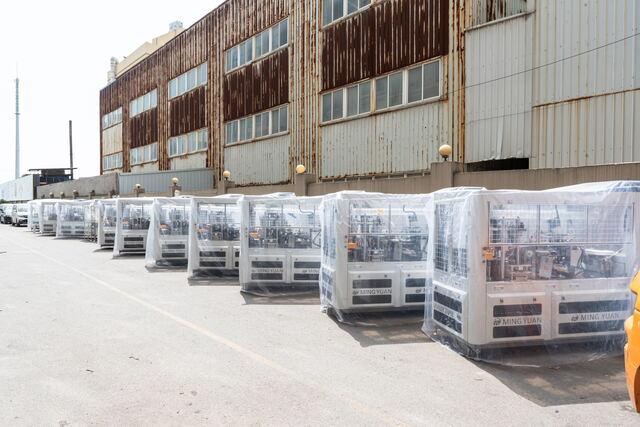
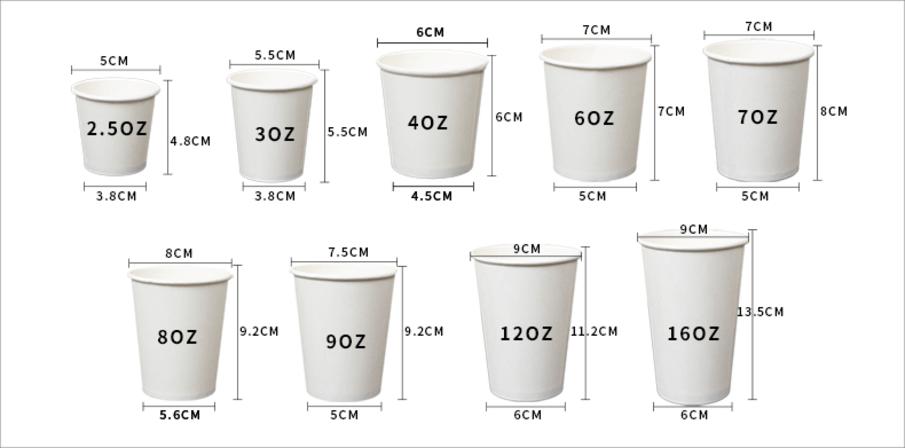
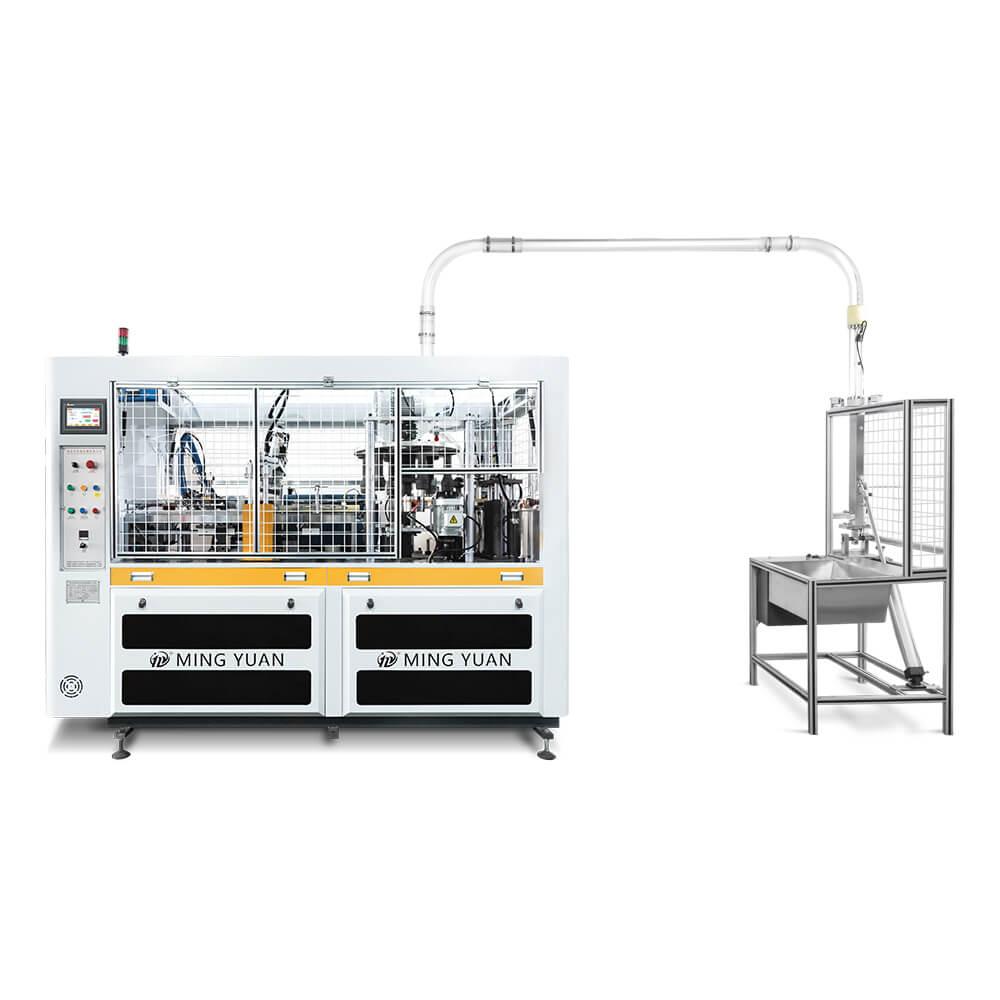
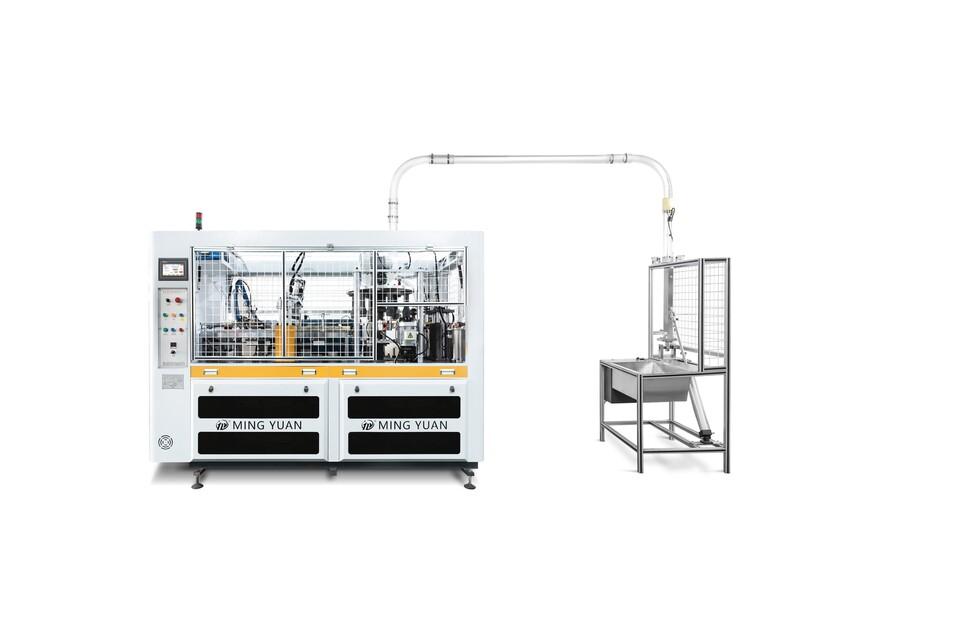
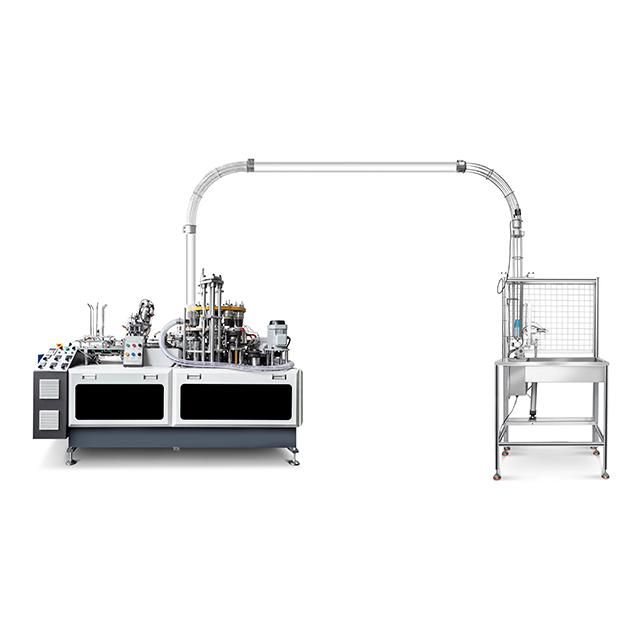
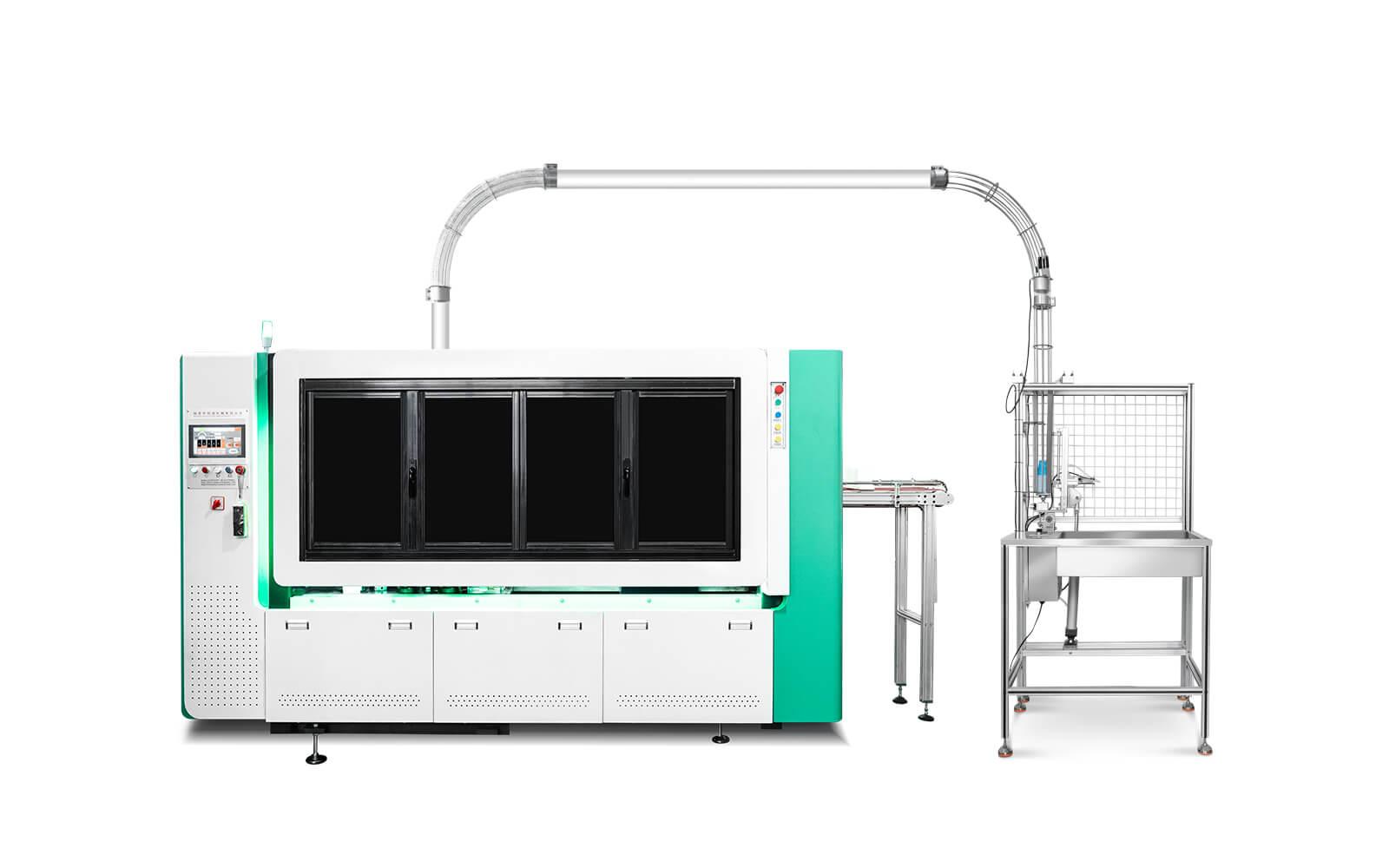
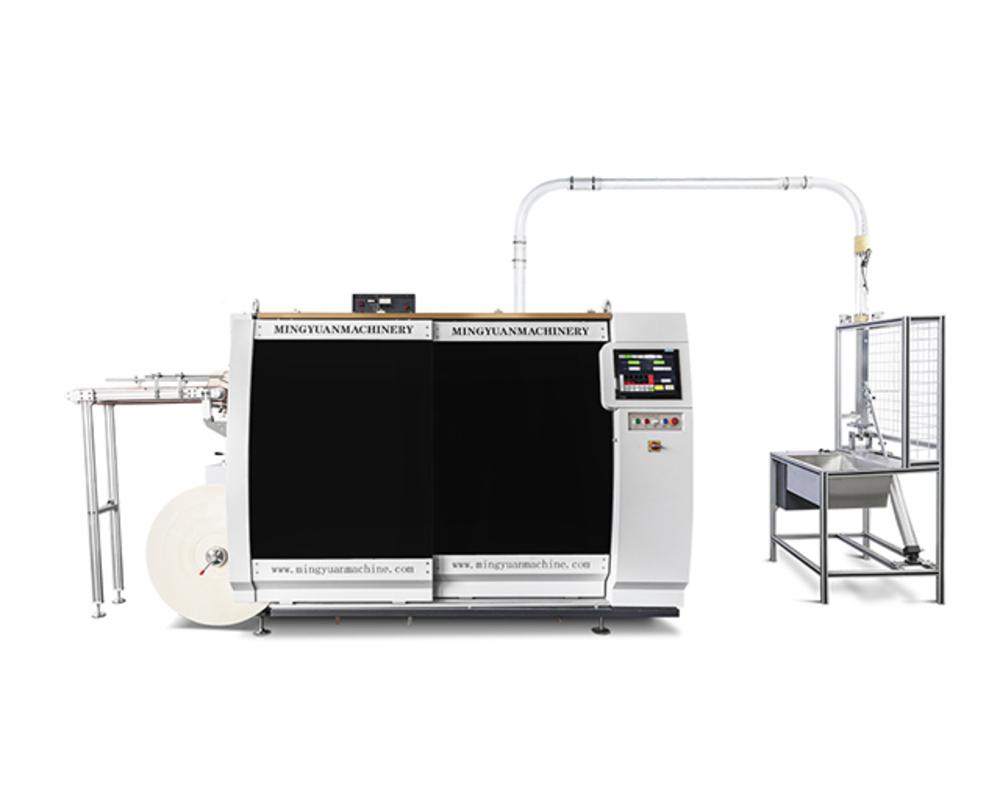
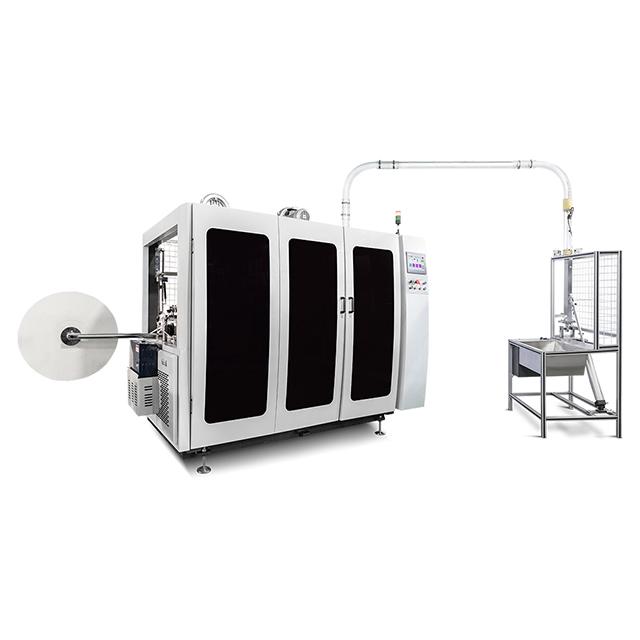
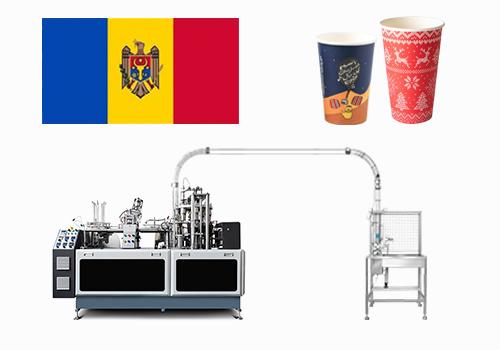
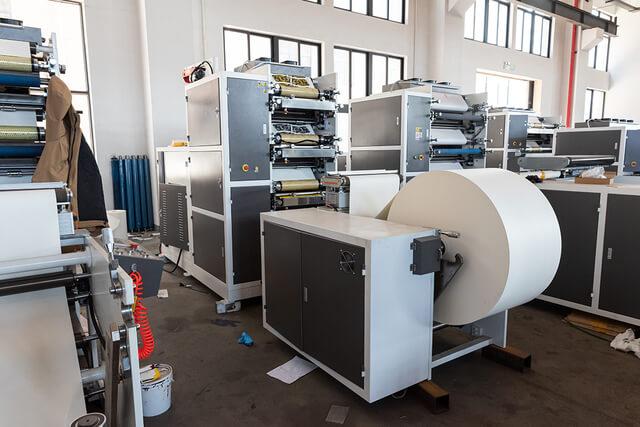
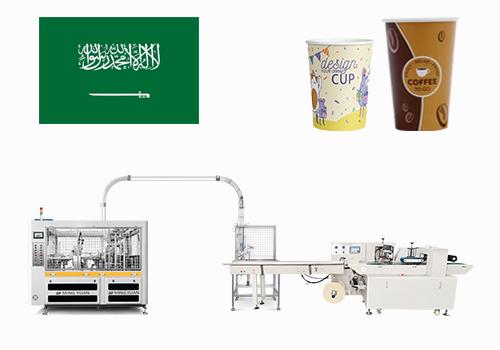

 Tel: +86-19057361870 / +86 577 65567060
Tel: +86-19057361870 / +86 577 65567060  Email: paperproductwholesaler@gmail.com
Email: paperproductwholesaler@gmail.com MP/WhatsApp: +86-19057361870
MP/WhatsApp: +86-19057361870 Manufacturer Address:No.1588, Huaming Road, Feiyun Street,Ruian City Zhejiang Province -325200 China
Manufacturer Address:No.1588, Huaming Road, Feiyun Street,Ruian City Zhejiang Province -325200 China




